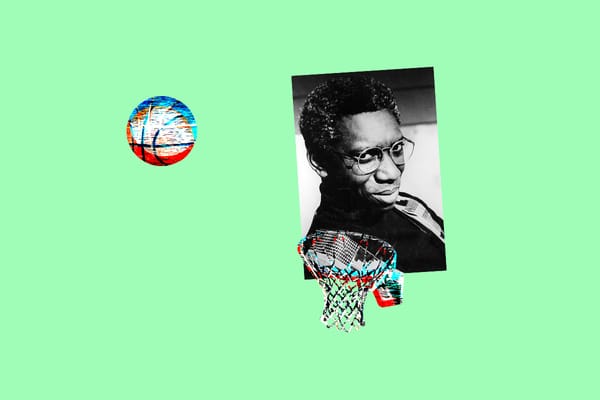A brief history of Emmy-winning skateboarders
Plus: Bench drama, shoe rumours, a review of a 20-year-old video game, and more.

The definitive weekly ranking and analysis of all the skateboarding and other online things that I cannot stop consuming and how they make me feel, personally.

A brief history of Emmy-winning skateboarders
Rank: 1
Mood: 🏆🙏
Last weekend, noted comedian and 360 flipper Tim Robinson took home an Emmy for his Netflix sketch series I Think You Should Leave. A momentous occasion for skateboarders everywhere, I’m sure. But, it should be noted that Robinson isn’t the first skater to be recognized by the National Academy of Television Arts and Sciences.
Kristos Andrews has won multiple Daytime Emmys for his role in the long-running independent soap opera series The Bay, taking home four for Oustanding Actor and another five for Outstanding Digital Daytime Drama Series. His reference-free skateboarding bona fides are also conveniently listed on his Wikipedia page in bullet-point form.
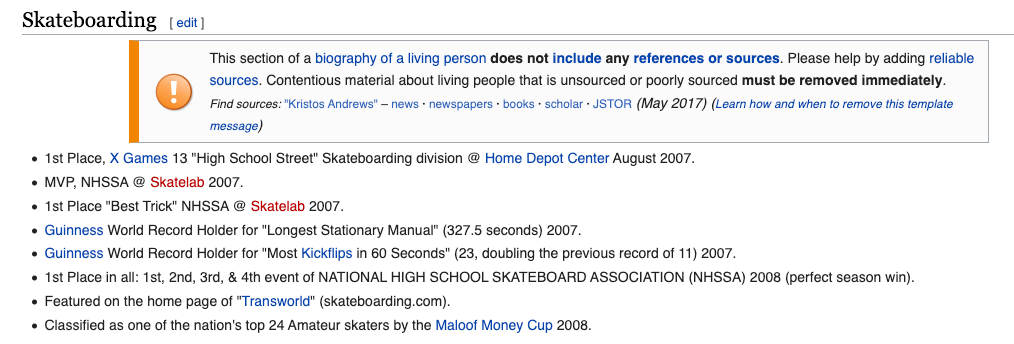
The skateboarding Friar Gabriel of the Franciscan Immaculate and “Spirit Juice Studios” secured a trophy at the 2015 Chicago/Midwest Emmy Awards for their short Salve Regina. The piece follows Friar Gabriel as he skates flatground around Chicago in a habit, set to the tune of his own Gregorian chant. The Spirit Juice website describes the short’s premise:
Friar Gabriel skated for seven years as a teenager, with his focus gravitating towards one of a religious vocation as he matured. His passion for skateboarding waned with his surety to live a life of Poverty, Chastity, and Obedience as a Friar of the Immaculate. After securing the title of Friar, with much time passing since he last interacted with a skateboard, he was given obedience to visit a local skate park once a week, with the intent to “preach the gospel at all times,” as Saint Francis once stated. In “Salve Regina,” Friar Gabriel explains that God utilizes peoples’ talents to give Him glory, and how skateboarding has given a platform to the idea of exercising the body as well as the soul.
Cool.
Last year, Spirit Juice released a follow-up piece of sorts with Friar Gabriel and his brother Friar Didacus, who also skates. In it, the brothers talk about using skateboarding as a tool of indoctrination to the faith, interspersed with clips of them at a few different skate parks, pressure-flipping, noseblunting, and 5-0 to tail to shoving out in the name of the lord.
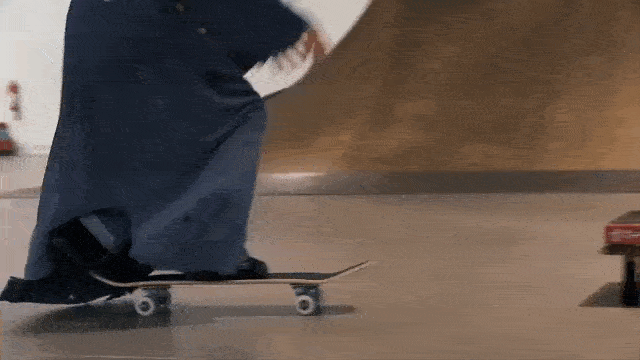
One moment, which could be mistaken for a Robinson sketch, sees Friar Didacus, draped in his habit, explaining how the most stairs he’d ever tried to ollie were ten, but only because there “wasn’t much of a selection for stairs” where he grew up skating. Sure. You and me both, brother.

Bread crumbs, yum yum
Rank: 2
Mood: …🍞

Most of our premier skateboarding industry gossip these days tends to find footing in the discourse through incidental dribs and drabs online. Maybe a skater riding for a legacy company is seen skating blank boards in an Instagram clip, there could be a scuffle in the comment section, or an ephemeral post grounds a new rumour in reality. Once spotted, we start looking for more leads, any bread crumbs we can hoover up and share with our friends and followings. This, our collective Miss Marple moment.
Is Andrew Reynolds riding for New Balance now? Kevin Long’s Instagram story would suggest as much. However, as of the publishing of this newsletter, The Boss is still on the Vans skate team page. Also, if there’s been a roster change, it’d come within days of VF Corp’s 600-position elimination spree, perhaps a sign that the footwear giant doesn’t have the resources to retain a name like Reynolds—now there’s some goss that’s cooking with gas.
While we still don’t have a clear answer as to why Reynold’s was in Tiago’s, all that means is we have more time to speculate.

“Gnarly! Philly skateboarders steal iconic bench from NYC’s Tompkins Square Park”
Rank: 1!
Mood: 🕵️♀️ 🕵️ 🕵️♂️
Much like gossip, a meme has many modes of inspiration and vectors of transmission. If a famous green bench travels from California to New York, goes missing, and winds up in Philadelphia, undoubtedly memes will be made and spread.
And sometimes, the reality those memes are based on makes the news. From the New York Post to local Fox affiliates and even NPR, the story of a stolen bench and “turf wars” between rival skateboarding crews must seem like a novel and lighthearted hit to report. But ultimately, like with most memes, the power it once held is sapped when the mainstream gets a hold of it. These fun photoshopped images become husks, relics of a recent time. So let’s try to savour the snickers we had while looking at our phones, those “likes” and retweet buttons we all relished pressing.
Maybe wherever the bench ends up next will pump new life into the meme, but if not, as important as it is to appreciate the moment we’ve shared, it’s just as important to know when to let go.

Grinding for the truth
Rank: <12
Mood: 🛻🛻
While it appears the numbers in this viral publishing industry tweet from last week are a bit off, it does make one wonder what the sales numbers are for other products that often rely on a name to sell them. In particular, what’s the data on pro-model trucks? Is anyone buying those things? What does the target market for a Pedro Delfino signature truck look like?
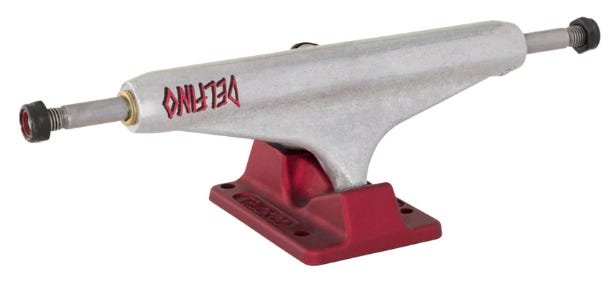
Timothy L., a “verified buyer,” left a comment on its product page that gives us some insight.
Pedro delfino is my favorite skateboarder so of course i had to buy his trucks. i paired one of his trucks with the slayer trucks and combined them on my Red and black antihero board. these trucks are 10/10 i definitely recommend.
That means Timothy L. bought two pairs of signature trucks to make that setup happen, which is unconventional but undoubtedly good for NHS’ bottom line. Unfortunately, beyond anecdotes from the Timmys out there, we don’t have any useful numbers to tell us how those pro-model trucks perform on the whole sales-wise. How many units would a particularly heinous Nyjah Huston Silver Trucks offering sell?
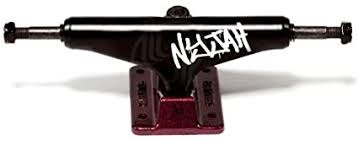
Given the flood of, at best, aesthetically dubious Torey Pudwill signature trucks that Venture released over the years, they must have captured the attention and wallets of kids to some level of success.
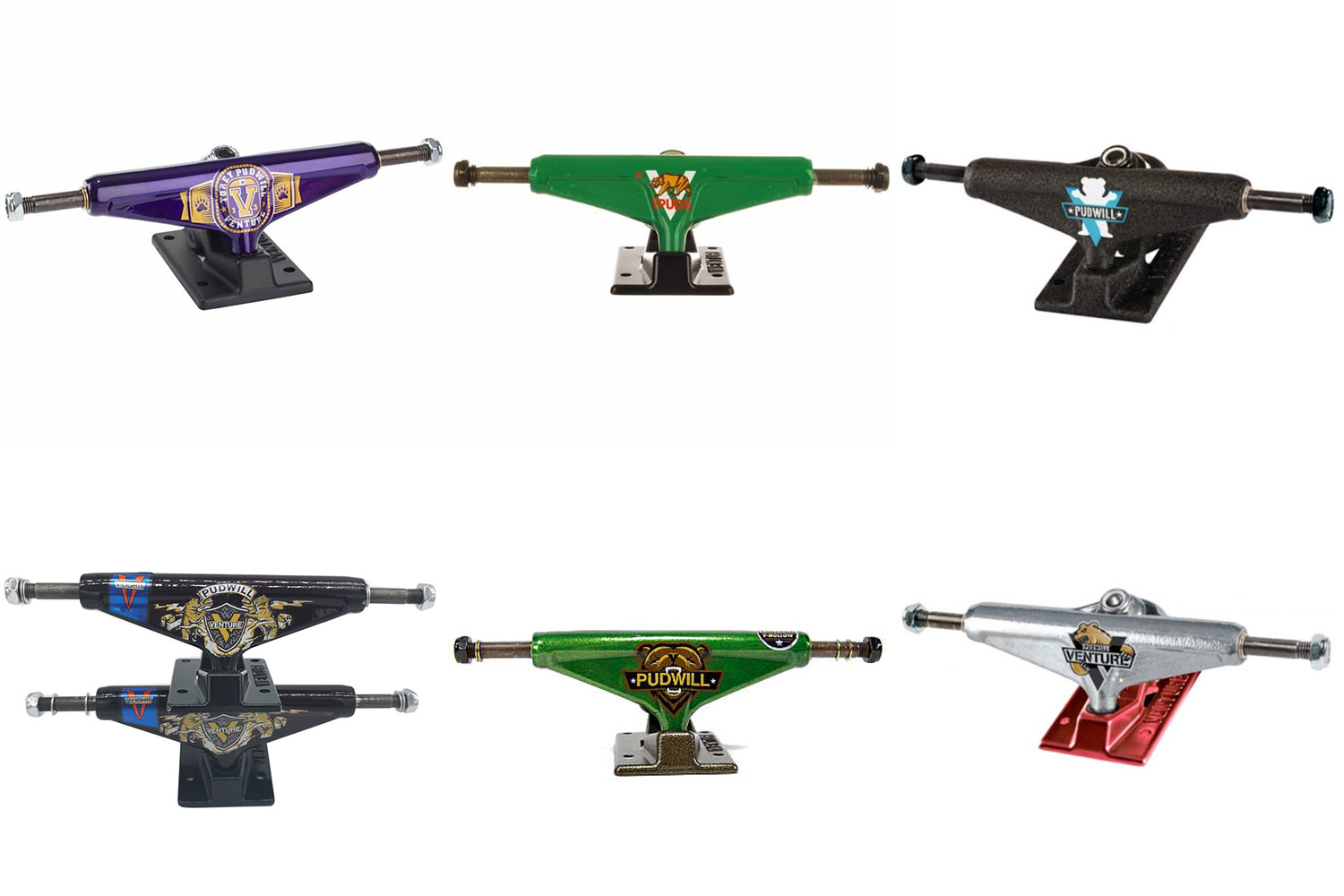
Because if not, what are we doing here? This product marketing gimmick has been consistently unattractive and, if anything, damages a pro’s personal brand. The only appealing aspect of signature trucks is that the skater whose name is splashed awkwardly across the hangers might make a few bucks off of them.

Simply reviewed: ICO
Rank: 1
Mood: 🌾🥺🌾

Ico is a video game made of small moments. Ones that often require a willingness to sit in them to feel their full effect. Listen to your footfalls echo across the empty stone courtyards of the castle you’re tasked with escaping. Marvel at the charming way your small, impetuous body stumbles and picks itself up after jumping, climbing, or carrying heavy pots (and perhaps even a watermelon). Then there’s Yorda, your new friend and a fellow prisoner who you’re trying to help flee before her mother, the Queen, sacrifices her soul to take her body in a quest to recapture a withering youth. Take Yorda by the hand and run. Wait as she climbs ladders at her own careful pace. Flop down on stone sofas and watch as she sits next to you; this, for whatever wonderful reason, is how you save your progress.
Developed by Japan Studio, led by famed director and designer Fumito Ueda (best known for Shadow of the Colossus and The Last Guardian), Ico was released by Sony for the Playstation 2 in 2001. As I finished playing the game for the first time this week while sitting on the couch, sipping wine, solving puzzles, taking in the scenery, battling the occasional shadow monster, waiting for Yorda, and feeling a mixed, enveloping sense of hope and loneliness; it was clear that the game still carried the same emotional weight that players loved it for upon its release. While writing this, I struggled to articulate exactly what had pulled me into the game or how to explain it to others beyond listing all of its small yet powerful moments.
That’s a struggle games writer David Smith appeared to have faced in his IGN review of the game over two decades ago. But here, he comes as close as one could get.
Ico is short, Ico is quiet, and Ico is in fact nearly incomprehensible. It has an action quotient very close to zero. It has a story, but you see and hear only tiny hints and snatches, spending most of the game on one side of an impenetrable language barrier. So what is there to actually recommend this game, given that I do recommend it almost without reservation? The experience.

Something to consider:
Good things: Happy anniversary.
Until next week… do something, anything, in earnest. How does it feel? Good? Icky? Catalogue those thoughts.






